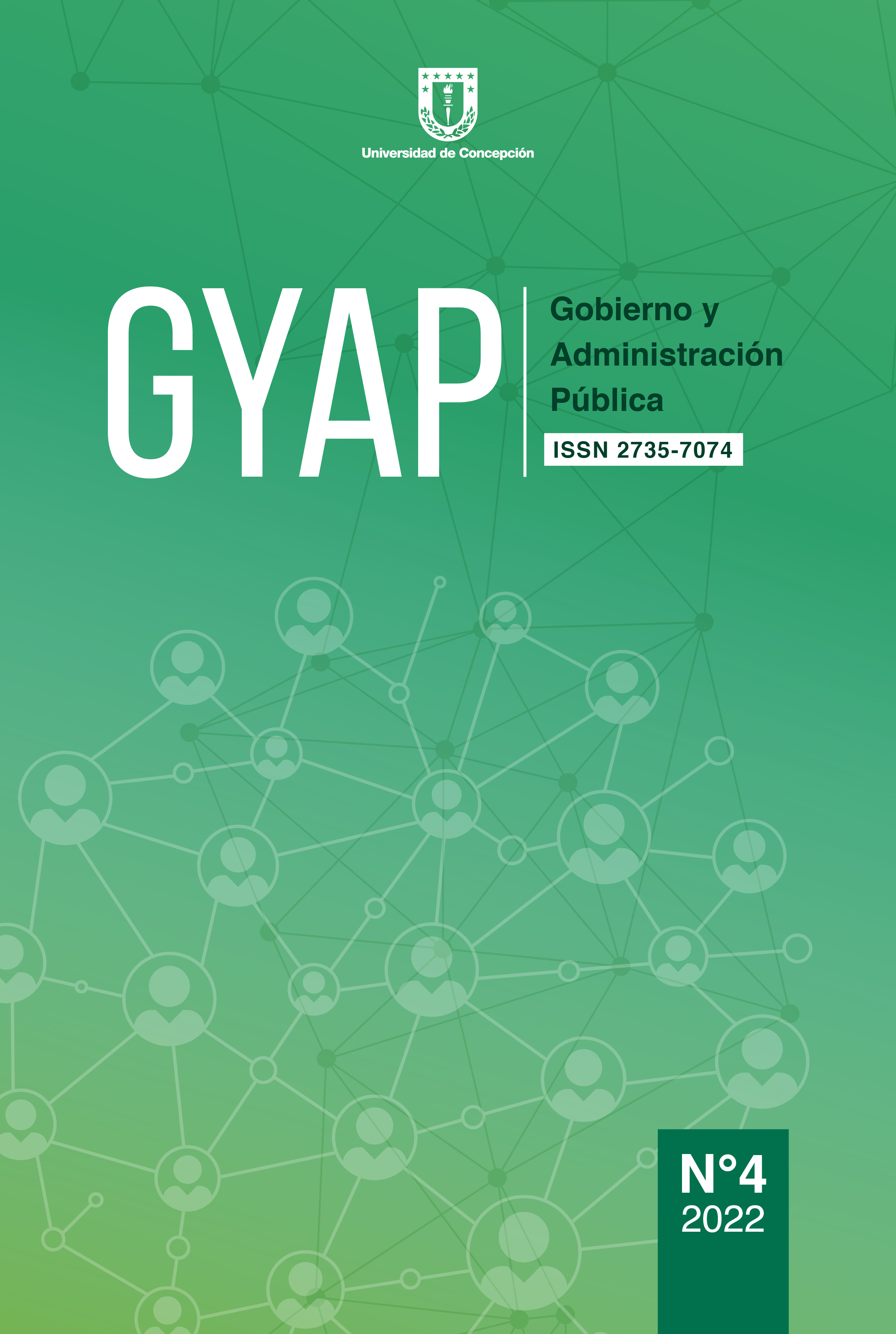Spatial justice in Punta de Mita, Nayarit Mexico: The result of a tourism policy
DOI:
https://doi.org/10.29393/GP4-8JEHL20008Keywords:
spatial justice, banderas bay, public policy, urban planningAbstract
Punta de Mita has developed in the industrial tourism sector through “development hub” models, experiencing unprecedented growth in real estate speculation. According to official reports, over the last two years, the sector has grown by up to 167%, conditioning the way in which residents live in their territory and access goods and services. Thus, the objective of the research is to determine, using a scale-type instrument, the residents' perception of spatial justice in their locality. The results were related to the ways in which injustices manifest themselves as a result of the implementation of tourism policies in Punta de Mita, as part of the process of urban social development and production. As a fundamental methodological element, a spatial justice index was developed based on four key variables: 1) access to goods and services for the population; 2) the population's relationship with the sociopolitical environment; 3) attention to demands and institutional provision; and 4) socioeconomic characteristics of the population. Based on the construction of the index, a matrix was developed to search for a correlation between the variables, using SPSS 25 software. The results indicate the existence of spatial injustice seen as the difference in opportunities to experience shared urban space; while some people enjoy resources, infrastructure, and security guarantees, others suffer the consequences of living in a large-scale tourist environment, varying their activities in search of survival.
Downloads
References
Dikec, M. (2001). Justice and the spatial imagination. Environment and Planning A, 33(10), 1785–1805. https://doi.org/10.1068/a3467
Ferrari, P., & Bozzano, H. (2019). Justicia territorial y justicia espacial: Urbanizaciones informales en La Pampa y Patagonia argentina. Revista Universitaria de Geografía, 28(2), 133–152.
Fonseca, Alicia. (2009). Punta Mita en la dinámica del desarrollo turístico regional. El Periplo Sustentable, 16, 85–108.
Gonzalez, R., & Ceballos, A. (2018). Procesos de desterritorialización y reterritorialización en Nuevo Corral del Risco, Nayarit. La violencia de los megaproyectos turísticos. In Problemas urbanos y del territorio. Las ciencias sociales y la agenda nacional. Reflexiones y propuestas desde las Ciencias Sociales.: Vol. IX (pp. 661–676).
Harvey, D. (1973). Social justice and the city (B. Blackwel, Ed.; 1st ed.). Edward Arnold.
Harvey, D. (2014). Rebel cities. from the right to the city to the right to the urban revolution.
In Eure (Vol. 40, Issue 119). https://doi.org/10.4067/S0250-71612014000100013
Lefebvre, H. (1978). El derecho a la ciudad (Ediciones Península, Ed.; 4th ed.).
Lefebvre, H. (2013). La Producción del Espacio Público Urbano. In Capitán Swing (Ed.), Capitán Swing (1st ed.). http://www.academia.edu/download/30932960/01_padilla_llano.pdf
Parsons, W. (2012). Políticas Públicas: una introducción a la teoría y la práctica del análisis de políticas públicas (FLACSO, Ed.; 1st ed.). FLACSO.
Pérez-Campuzano, E. (2010). Segregación socioespacial en ciudades turísticas, el caso de Puerto Vallarta, México. Región Y Sociedad, 22 (49), 143–176. https://doi.org/10.22198/rys.2010.49.a425
Polése, M. (1998). Economía Urbana y Regional (Libro Universitario Regional EULAC/GTZ, Ed.; 1st ed.). Libro Universitario Regional EULAC/GTZ.
Queirós, M. (2016). Edward Soja: geographical imaginations from the margins to the core. PlanningTheoryand Practice, 17(1), 154–160. https://doi.org/10.1080/14649357.2015.1130447
Ramírez, H. & Pérez-Varela, Luis. (2019). Desarrollo económico local y turismo en la Riviera Nayarit, México: un análisis de resultados desde la evaluación de política pública. Revista de Análisis Político y Administración Pública, VIII (1), 29–47. http://www.remap.ugto.mx/index.php/remap/article/view/333
Real, M. (1999). Efectos de la aplicación de políticas de desarrollo turístico regional: la reubicación de una población pesquera. El caso de Corral del Risco, Nayarit, 1990- 1998 [Maestria ]. Instituto de investigaciones Dr. Jose María Luis Mora.
Rodríguez-Rodríguez, J., & Reguant-Álvarez, M. (2020). Calcular la fiabilidad de un cuestionario o escala mediante el SPSS: el coeficiente alfa de Cronbach. REIRE Revista d Innovación i Recerca En Educación, 13(2). https://doi.org/10.1344/reire2020.13.230048
Sen, A. (2009). La idea de la justicia (Taurus, Ed.; 1st ed.). Penguin Random House.
Soja, E. W. (2008a). Postmetrópolis. Estudios críticos sobre las ciudades y las regiones (Traficantes de sueños, Ed.; 1st ed.).
Soja, E. W. (2008b). The city and spatial justice. Spatial Justice, 1–5.
Soja, E. W. (2010). Seeking Spatial Justice (T. U. of M. Press, Ed.; 1st ed.). University of Minnesota Press. www.upress.umn.edu
Soja, E. W. (2016). La ciudad y la Justicia Espacial. In E. de la U. N. de Rosario (Ed.), Justicias e injusticias espaciales (1st ed., pp. 99–106). Universidad Nacional de Rosario
Torres, F., Rozga, R., García, A., & Delgadillo, J. (2010). Técnicas para el análisis regional Desarrollo y aplicaciones (Editorial Trillas S.A de C.V, Ed.; 1st ed.). Editorial Trillas.
Veschambre, V. (2016). Aprehender la dimensión espacial de las desigualdades: el acceso al conservatorio del espacio. In Universidad Nacional de Rosario (Ed.), Justicias e injusticias espaciales (1st ed., pp. 265–280). UNR.
Virgen, Rogelio., & Gauna, Carlos. (2011). INFORMACIÓN DEMOGRÁFICA Y ECONÓMICA DE LA REGIÓN DE PUERTO VALLARTA-BAHÍA DE BANDERAS: DATOS PARA LA TOMA DE DECISIONES. TURyDES. Revista de Investigación en Turismo y Desarrollo., 4(10), 1–26. https://www.researchgate.net/publication/227433269
Zepeda, S. (2021). El turismo como modelo de desarrollo y su impacto sobre el territorio, caso de Bahía de Banderas, México. Revista Latino-Americana de Turismología/ RELAT, 7, 1–16. https://https://orcid.org/0000-0002-8695-5291
Published
How to Cite
Issue
Section
Copyright (c) 2023 Hector Ramírez, Luis Fernando Pérez Varela

This work is licensed under a Creative Commons Attribution 4.0 International License.










